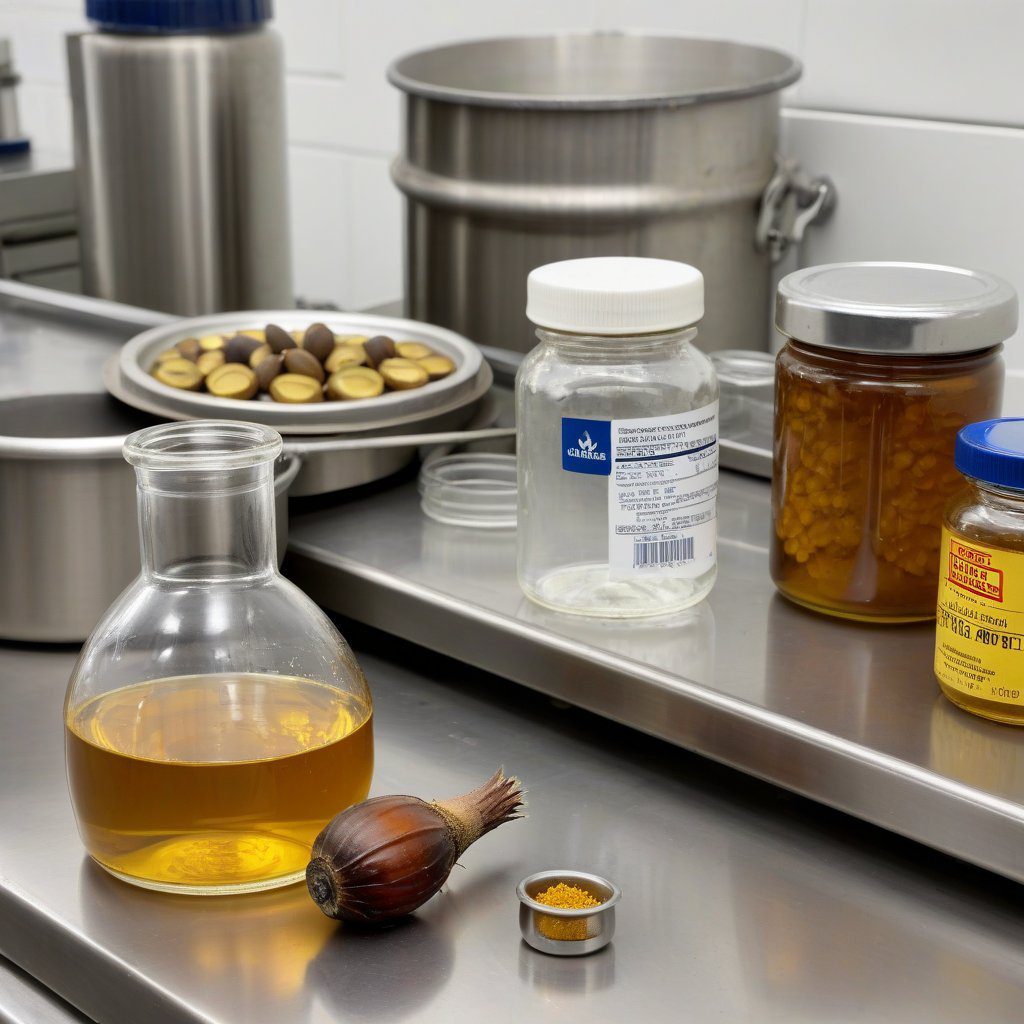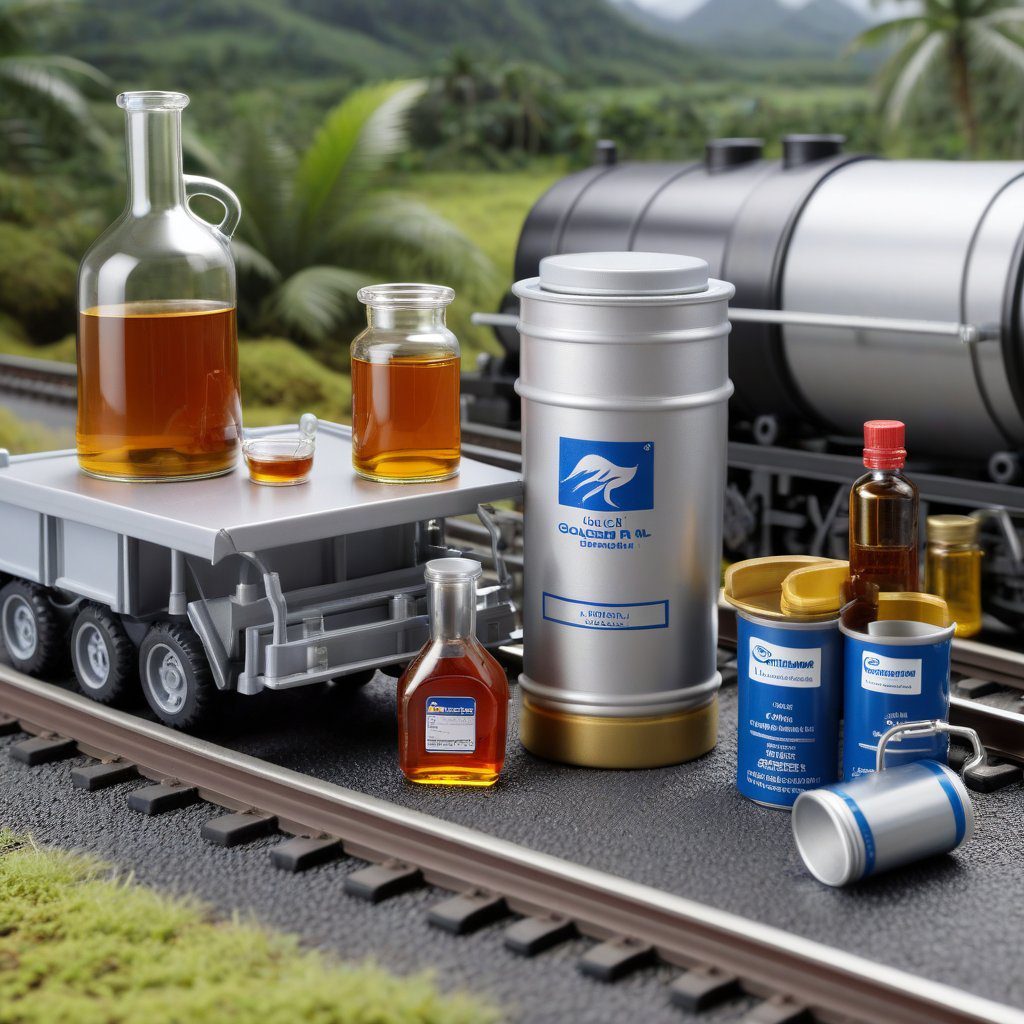Sodium Laureth Sulfate Overview
Sodium Laureth Sulfate (SLES) is a widely used surfactant in the personal care and industrial cleaning products. Its chemical structure is derived from natural sources, primarily coconut and palm oils, making it a popular choice for formulations aimed at both efficacy and sustainability. SLES functions effectively as a cleansing and foaming agent, which is essential for a variety of applications, including shampoos, body washes, and household cleaners. Understanding its specifications is crucial for manufacturers seeking to create high-quality products that meet consumer expectations.
Specifications of Sodium Laureth Sulfate
The specifications of Sodium Laureth Sulfate can vary based on the grade and intended application. Common specifications include concentrations such as 27% and 70%, with each grade serving distinct purposes in formulations. The 27% grade is typically used in personal care products, providing a milder cleansing effect suitable for sensitive skin. In contrast, the 70% grade is often utilized in industrial applications, where stronger cleansing properties are required. Both grades must adhere to rigorous quality standards to ensure consistency and performance.
27% Sodium Laureth Sulfate Grade
The 27% Sodium Laureth Sulfate grade is ideal for producing mild skin and hair care products. This grade is characterized by its ability to create rich foam while being gentle on the skin, making it suitable for use in shampoos, facial cleansers, and body washes. Additionally, it is often formulated with moisturizing agents to enhance skin feel and minimize irritation. Manufacturers must ensure that the 27% grade meets specific purity and performance criteria to comply with cosmetic regulations and consumer safety.
70% Sodium Laureth Sulfate Grade
The 70% Sodium Laureth Sulfate grade is predominantly used in industrial cleaning applications. Its high concentration allows for effective removal of grease, oils, and other contaminants, making it a preferred choice in formulations for heavy-duty cleaners, degreasers, and detergents. This grade’s robust cleaning power is accompanied by the need for careful handling and formulation adjustments to balance efficacy with safety. Ensuring compliance with industrial safety standards is essential for manufacturers using this grade.
Quality Assurance in Sodium Laureth Sulfate Production
Quality assurance is a critical component in the production of Sodium Laureth Sulfate. Manufacturers, such as DIPLOMATA, implement stringent quality control measures throughout the production process to ensure that both the 27% and 70% grades meet the required specifications. This includes batch testing for purity, pH levels, and foaming properties, as well as regular audits of production facilities to maintain compliance with international standards. Ensuring consistent quality is vital for building trust with clients and maintaining a competitive edge in the market.
Applications of Sodium Laureth Sulfate
Sodium Laureth Sulfate has a diverse range of applications across various industries. In the personal care sector, it is commonly found in shampoos, body washes, and facial cleansers due to its effective foaming and cleansing properties. In the industrial sector, it serves as a powerful surfactant in cleaning agents, detergents, and emulsifiers. The versatility of SLES allows manufacturers to tailor formulations to specific needs, making it a valuable ingredient for many products.
Regulatory Compliance for Sodium Laureth Sulfate
Manufacturers of Sodium Laureth Sulfate must adhere to various regulatory requirements, particularly when exporting to regions such as the United States. Compliance with the Environmental Protection Agency (EPA) and the Food and Drug Administration (FDA) is essential to ensure that the products are safe for consumer use. This includes proper labeling, safety data sheets (SDS), and adherence to Good Manufacturing Practices (GMP). Staying informed about evolving regulations is crucial for companies like DIPLOMATA to maintain market access and consumer trust.
Market Trends for Sodium Laureth Sulfate
The market for Sodium Laureth Sulfate is influenced by trends in consumer preferences, regulatory changes, and advancements in formulation technology. There is a growing demand for sustainable and eco-friendly ingredients, prompting manufacturers to explore natural and biodegradable alternatives. Additionally, the rise of clean beauty and personal care products is shaping the way SLES is perceived in the market. Companies must adapt to these trends to remain competitive and meet the expectations of environmentally conscious consumers.
DIPLOMATA as a Leading Supplier
DIPLOMATA positions itself as a top supplier and exporter of Sodium Laureth Sulfate from Brazil to the United States, offering both 27% and 70% grades with a commitment to quality and reliability. With a nationwide reach, DIPLOMATA ensures a consistent supply of SLES to meet the needs of various industries. The company’s dedication to quality assurance, regulatory compliance, and customer satisfaction solidifies its reputation as a trusted partner in the chemical industry.


